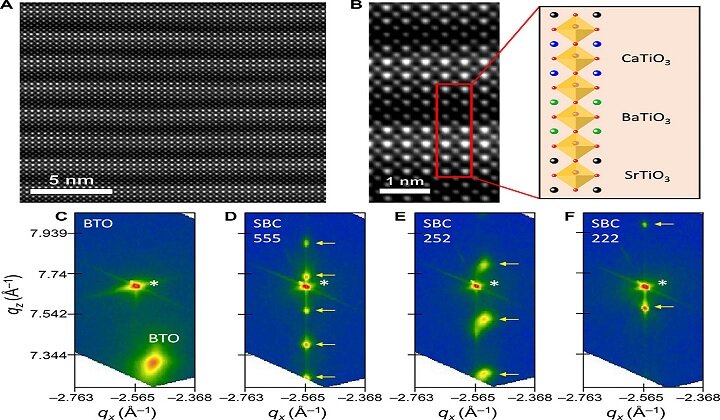The current solar cell technology used in solar panels is silicon-based. These panels are largely unchanged from their inception in 1980. There have been some improvements in efficiency over the years, but they still function as intended. 15% efficient today. While there hasn’t been much change in solar cell tech over the last years, there has certainly been a decrease in the cost. In the early days of solar panels and power, it was a lot more expensive than fossil fuels. The price of a panel has fallen to the point that it is now the most affordable form of energy. Solar power is the fastest growing source of low-carbon energy.
Silicon is an extremely complex material. Each panel requires a lot of energy, chemicals and waste to produce. It takes 250 kWh to make one panel. This is enough energy for a Tesla Model S to travel over 800 miles. Although it is possible to power this electricly using renewable energy, many manufacturers do not as it is too costly and opt for fossil fuel power. Solar panels don’t produce any emissions, but they are carbon neutral. Instead, total carbon emissions from solar panels are averaged over their lifetime.
Additionally, harmful byproducts such as cadmium and arsenic, silicon tetrachloride, are produced during manufacturing. They are very difficult to dispose off properly, as they can leach into water tables and cause poisoning or death for many. Many toxic substances such as c admium telluride and copper indium selenide, copper gallium diselenide and copper indium gallium dielenide can also be found in silicon solar panels, including hexafluoroethanes, lead, and polyvinyl fluoride. These materials can make disposing of damaged panels expensive, difficult, and even dangerous (or even fatal) for the environment.
Despite all this, solar remains one the lowest carbon forms of electricity. It has the lowest environmental impact of any power source. It is still enough to make a difference as solar power becomes more popular. Solar is good but must improve in order to become carbon-neutral and save our planet.
Enter ferroelectric solar cell technology.
Ferroelectric panels are made from widely-available low-toxicity metals, rather than rare and highly toxic metals found in silicon panels. They don’t have to deal with the toxic waste problem of silicon panels, and their material costs are much lower. They require far less energy to make, which makes them much more affordable per panel and therefore per kWh. This means that the overall environmental impact and carbon emissions per kWh are significantly lower.
If we switched to ferroelectric, then solar power could be cheaper, less carbon-intensive, and have a much lower environmental impact . This technology is what we need to stop climate change and transition to carbon-neutral societies. This technology is easy to use and can be dismissed by anyone. Its price reductions are significant and it has no toxic byproducts. Why don’t you use it?
Our current panels are able to produce 15% usable efficiency. However, ferroelectric panels can be 0.015% efficient. This is about a thousand times lower. A 20-acre silicon-solar farm can generate 5 MW of electricity, while a ferroelectric one can produce only 5 kW. This is not enough energy to power small towns or move cars.
German scientists have recently created a new ferroelectric panel that combines three ferroelectric materials in a lattice: strontium, calcium, and barium titrate. These materials, when combined, would absorb more light than they do on their own and increase panel’s power output. They were shocked at how much they could absorb. Their invention generated 1000x more power than any previous ferroelectric panels. This puts it on par with modern silicon solar cells.
This could indicate that a new solar revolution is possible. Is ferroelectric technology going to revolutionize the solar industry? It will make it more affordable and be more eco-friendly. Possibly.
This technology is still in its very early stages of development and must overcome many hurdles to become commercially viable. It is difficult to create such a complex lattice because the layers are so thin. This could lead to the panel costing more than expected. The panel may not be as durable as it is in the real world or could prove difficult to transport.
This new panel design is generating a lot of buzz. It seems like the inventors have enough momentum to raise support to further develop it . Unfortunately, until this amazing tech has been put through rigorous testing, it is impossible to predict whether it will transform the world.
This amazing technology could be the start of a solar revolution that is both cheaper and more sustainable. It will face many hurdles before it succeeds. Even if it fails, this amazing breakthrough advances our understanding of how solar panels can be made that are cheaper to produce and more efficient. These are both important developments that will allow solar power to save the planet’s climate crimes.
